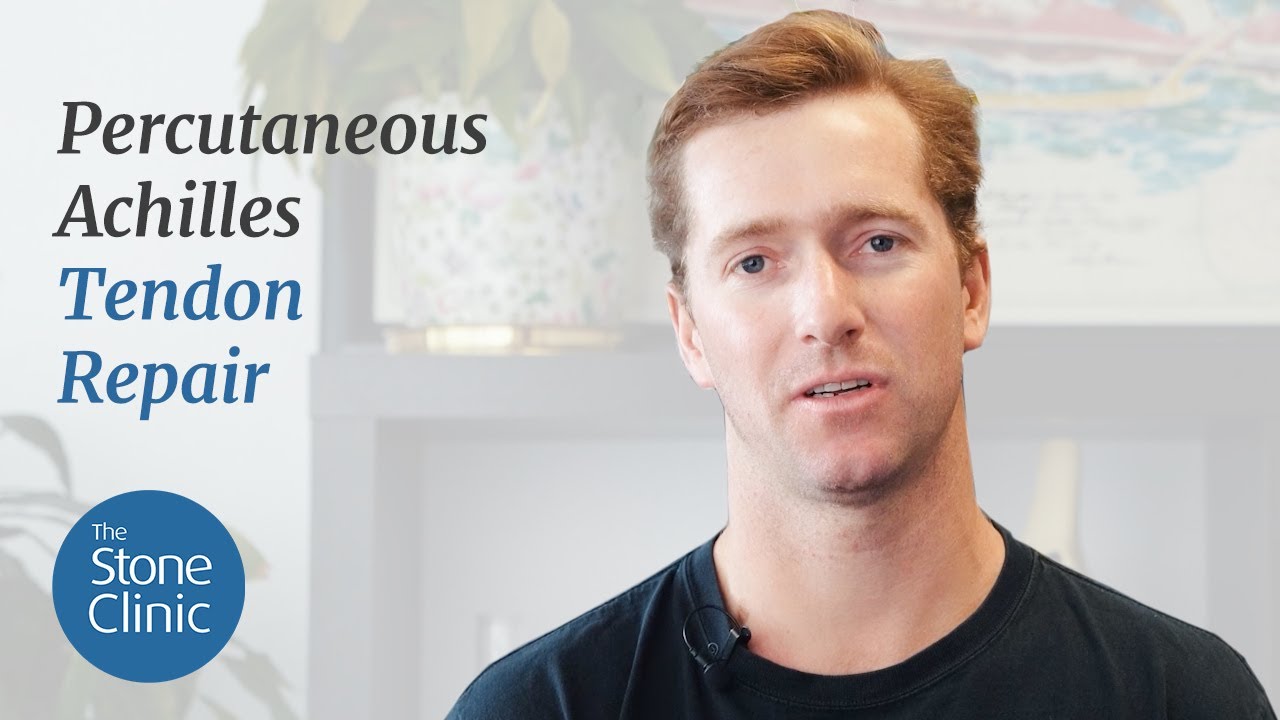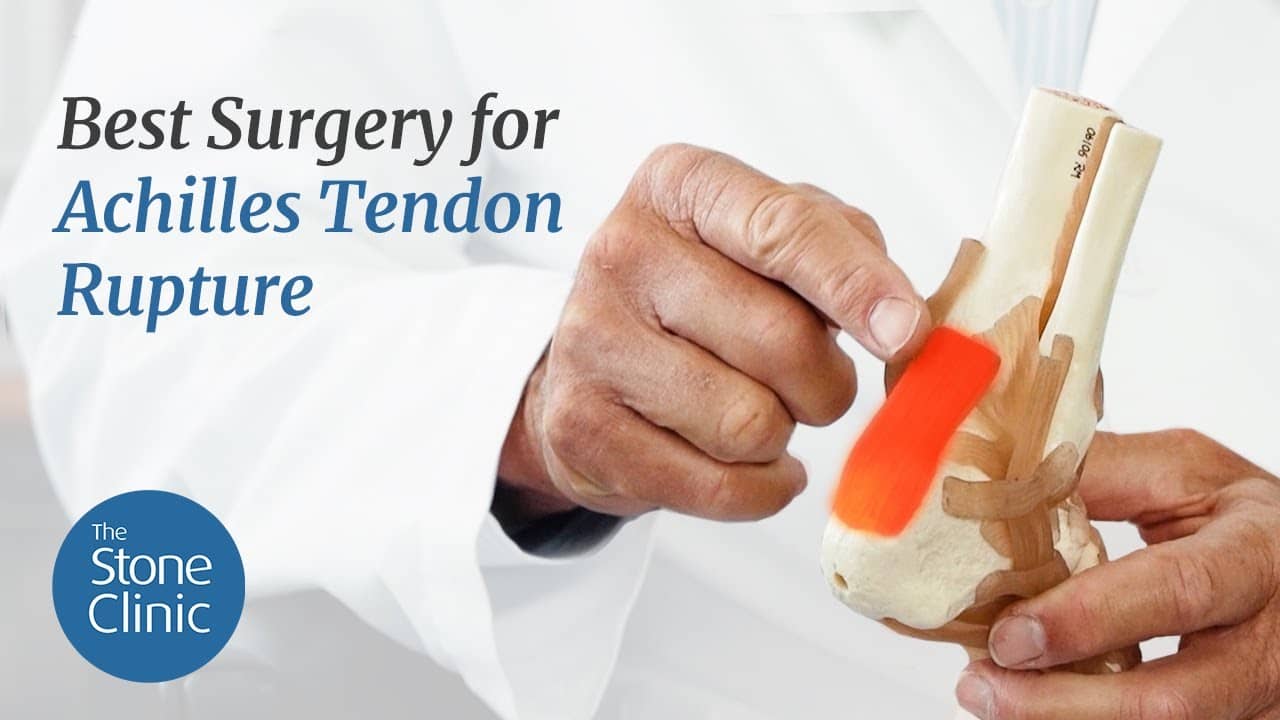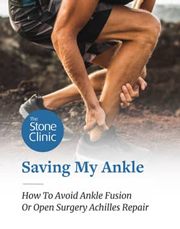Don't Open the Achilles (Part 2)
Hear From Our Patients
Surfers Returns from Ruptured Achilles with Percutaneous RepairAthletes keep tearing their Achilles tendons. Many surgeons keep performing open surgical repairs. They don’t need to.

The prime candidate age for this injury used to be 50-60 years old. But it’s now 40-80, due to Pickleball and the fact that athletes of all ages are playing harder than ever. The patient history is always the same: “Doc, I heard a gunshot go off and felt immediate pain above my heel.”
Unfortunately, the next steps depend on who the patient goes to see. Their care will depend on the knowledge and bias of their doctor and most unfortunately for some patients on the type of insurance they have. Their results will depend on the decisions made.
The Achilles tendon is a strong, thin band of collagen tissue that connects the muscle of the calf to the calcaneus (heel bone). The tendon lives in a sheath with a thin layer of lubrication. To push off when walking or running the muscles of the calf contract, pulling through the Achilles tendon onto the bones of the foot. When the tendon tears, the force coupling is broken. Blood pours into the gap from the torn vessels. The sheath swells, the collagen fibers retract and, over time, scar tissue forms.
If left untreated, the body goes through a slow remodeling process. The stem cells and healing factors within the clot direct the laying down of new collagen fibers. Cells migrate in, the inflammation quiets down, and over a period of three months, the new fibers unite into a continuous tendon. Tendons healing in this fashion are longer than before they were ruptured and full of disorganized scar tissue. Over twelve months, the collagen remodels to a more normal-looking tendon pattern. Unfortunately, the longer tendon is weaker than most athletes desire.
Most athletes choose surgical repair rather than non-treatment in order to return to full sports with full strength. And surgical repair produces the opportunity to have a healed, normal-length tendon—yet it comes with caveats.
In an open surgery, in which the tendon sheath is opened with an incision by the surgeon, the cell- and growth factor-rich clot is lost. If the tendon is sewn together with artificial sutures or anchored to the bone, the tension within the tendon may never return to its previous strength. Scarring of the sheath can occur with surgical incisions, and the risk of infection goes up.
If the surgical repair is performed percutaneously (i.e., through the skin without an open incision), the clot is preserved. The tendon ends can be brought together with absorbable sutures and, given the opportunity, heal at a normal length without the risk of scarring the sheath or the open surgery risks.
Platelet-rich plasma (PRP), full of growth factors from the patient’s own blood, is often added to the repaired tissue at the time of percutaneous repair and again at the one- or three-month post-op time point.
MRI follow-ups, researched over decades, show that the Achilles heals after percutaneous repair with a thicker tendon.
Following surgery, the rehabilitation of the treated Achilles tendon has become much more aggressive. Early motion, soft tissue massage, well-leg cycling, and full body fitness programs, performed while protecting the Achilles, are initiated immediately.
As long as no infection occurs, the Achilles tendon will heal. Our research is focused on how to accelerate that healing with improved growth factor and cell recruitment injections. In 30 years of performing almost exclusively percutaneous Achilles repairs, most athletes who follow our rehab program are inspired to become fitter, faster, and stronger than they were before they were injured. And many achieve that goal.
With those results, our bias to never open the Achilles tendon after rupture seems justified. Now, if only we could find a way to prevent the injury in the first place…
Dr. Stone Explains the Percutaneous Achilles Repair
At The Stone Clinic, we repair Achilles tendon ruptures without open surgery using the Percutaneous Achilles Repair technique. Over the past 30 years, Kevin R. Stone, MD, has refined this approach to eliminate the need for a large incision, preserve growth factors that accelerate healing, and reduce infection risk. Here’s how.



